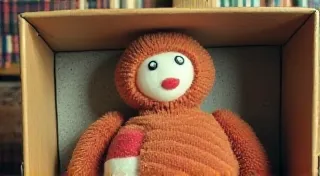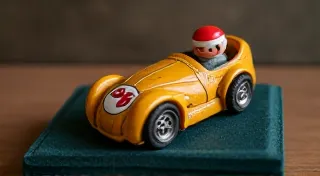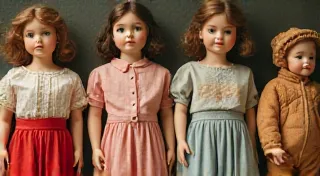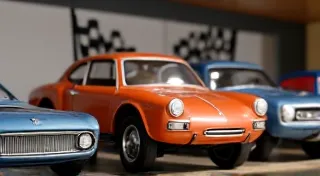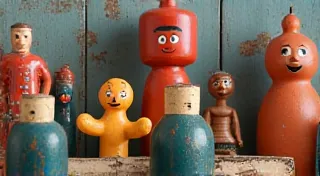The World of Vintage Board Games: Rare Finds and Hidden Gems
The allure of vintage toys runs deep, evoking a powerful sense of nostalgia and a tangible connection to childhood memories. While many collectors focus on action figures, dolls, or model cars, the world of vintage board games offers a rich and often overlooked avenue for discovery. From simple family entertainment to complex strategy games, these relics of the past represent a fascinating slice of cultural history. This article delves into the exciting realm of vintage board games, particularly focusing on those from the pivotal era of the 1950s to 1970s, exploring rare finds, sought-after variations, and the stories behind them.
The Golden Age: 1950s - 1970s
The mid-20th century witnessed a boom in the board game industry. Post-war prosperity allowed families more leisure time and disposable income, fueling demand for engaging entertainment. The 1950s saw the rise of games emphasizing family fun and wholesome themes. Think The Game of Life, originally released in 1950, which offered a simplistic yet engaging simulation of life's milestones. Candy Land, with its colorful board and whimsical characters, captivated young children. These games represented a period of optimism and traditional values.
The 1960s and 1970s brought a shift in game design. While family-friendly games remained popular, there was a growing interest in strategy and adventure. Games like Risk (originally released in France as *Le Jeu de la Guerre*, but popularized in the US in 1959) challenged players with complex geopolitical scenarios. The rise of science fiction and fantasy influenced game themes, leading to titles like Dungeons & Dragons (1974), which revolutionized the tabletop gaming landscape and laid the foundation for modern role-playing games.
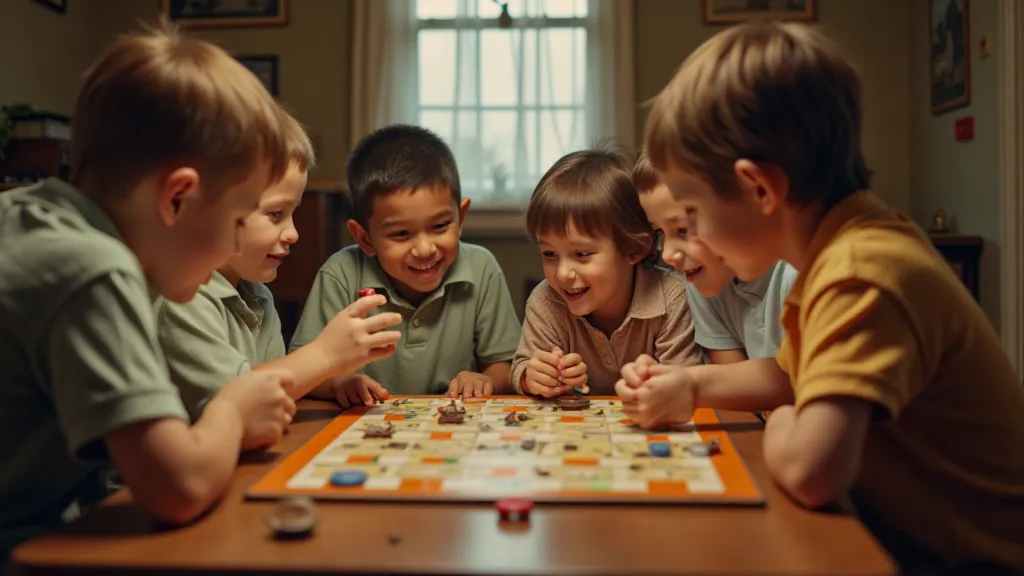
Rare Finds & Coveted Editions
The world of vintage board game collecting is full of potential treasures. Identifying these treasures requires an understanding of production variations, limited editions, and regional differences. Here are a few examples to illustrate the potential for discovery:
- Early Editions of The Game of Life: First edition copies of The Game of Life, particularly those with original boxes in excellent condition, are highly sought after. The original artwork and packaging significantly impact value. Look for differences in the color scheme and game components.
- Marx Games: Marx Toys produced a wide range of board games in the 1950s and 1960s, often featuring licensed characters like cowboys, Indians and outer space themes. Early Marx games, especially those with unique box art or game pieces, can be quite valuable.
- Milton Bradley’s Fireball XL-5: Based on the popular British sci-fi television series, this game from 1962 is a real head-turner. The game's appeal lies in its colorful artwork and the rarity of finding a complete, well-preserved copy.
- Parker Brothers’ Chain Reaction: This action game, from 1968, featured an innovative spring-loaded game piece. Complete sets, especially those with the original box and instructions, are increasingly scarce.
- Reactions Games: Reactions Games produced some genuinely innovative board games. Their games like 'Trauma' and 'Escape From Colditz' are increasingly collectible.
Regional Variations: It’s important to note that many games were produced in different versions for different markets. A US edition of a game might differ in artwork, rules, or components compared to a UK or Canadian version. These variations can impact collectibility.
Understanding Condition & Grading
Like any collectible, the condition of a vintage board game significantly influences its value. Grading systems, often used by experienced collectors, provide a standardized way to assess condition. Common grading terms include:
- Mint: Essentially new, with no visible flaws. Boxes and game components are pristine.
- Near Mint: Shows minimal signs of wear. Boxes may have slight imperfections.
- Very Good: Shows moderate wear and tear. Boxes may have scuffs, tears, or fading.
- Good: Shows significant wear and tear, but is generally complete.
- Fair: Shows heavy wear and may be missing components.
- Poor: Heavily damaged and incomplete.
Boxes are particularly important. A game in “good” condition with a “poor” box will be worth considerably less than the same game in “good” condition with a “near mint” box. The rulebooks, cards, and game pieces also contribute to the overall condition grade.
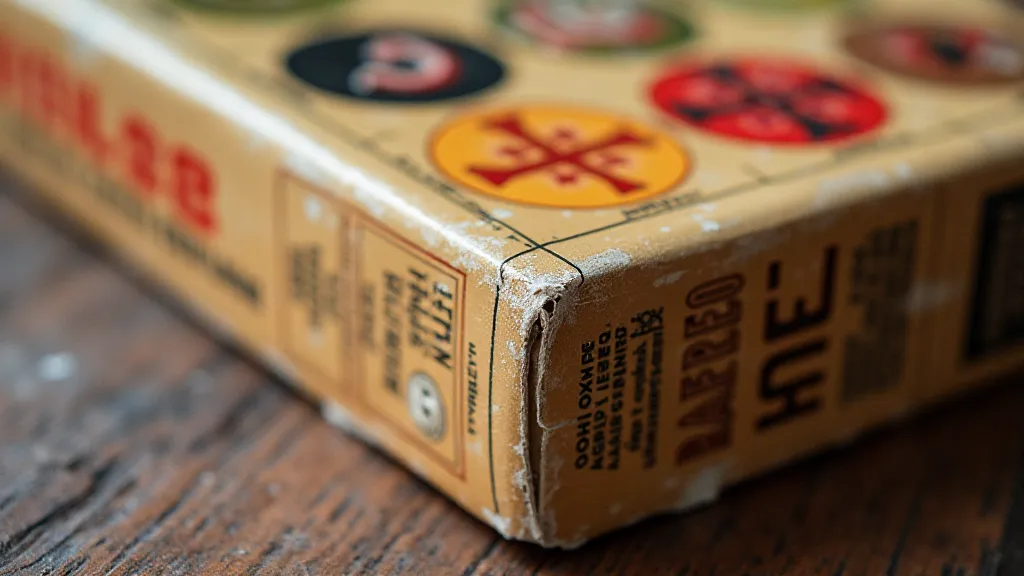
The Appeal of Nostalgia and Memorabilia
Beyond the financial value, collecting vintage board games offers a unique opportunity to connect with a bygone era. These games represent more than just entertainment; they are tangible links to childhood memories, family traditions, and the cultural landscape of the mid-20th century. Many collectors are driven by a desire to preserve these pieces of history and share them with future generations.
Furthermore, vintage board games can be considered memorabilia. Games based on popular movies, television shows, or historical events hold a special appeal to collectors interested in specific cultural trends.
Resources for the Aspiring Collector
Embarking on a vintage board game collecting journey can be immensely rewarding. Here are some resources to help you get started:
- Online Auction Sites: eBay and other online auction platforms are excellent sources for finding vintage board games.
- Vintage Toy Shows & Flea Markets: Attending local toy shows and flea markets provides opportunities to examine games in person and negotiate prices.
- Collector Forums & Websites: Online forums and websites dedicated to vintage toy collecting offer valuable information, advice, and a sense of community.
- Price Guides: While prices fluctuate, price guides can provide a general idea of the value of different games.
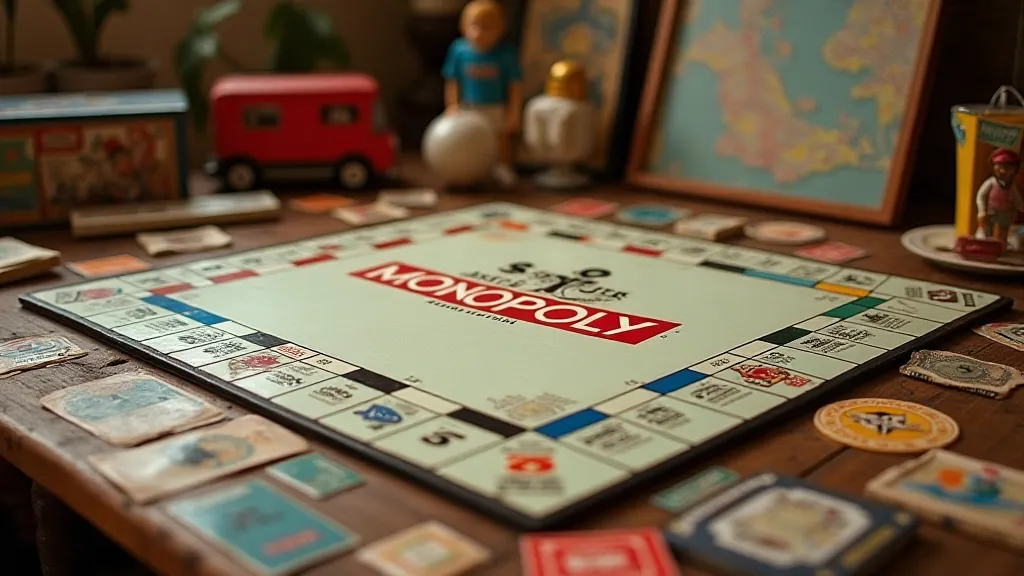
Conclusion
The world of vintage board games is a captivating realm filled with rare finds, nostalgic charm, and a rich tapestry of cultural history. Whether you're a seasoned collector or just beginning your journey, exploring this corner of the vintage toy universe promises exciting discoveries and a deeper appreciation for the games that shaped generations.
